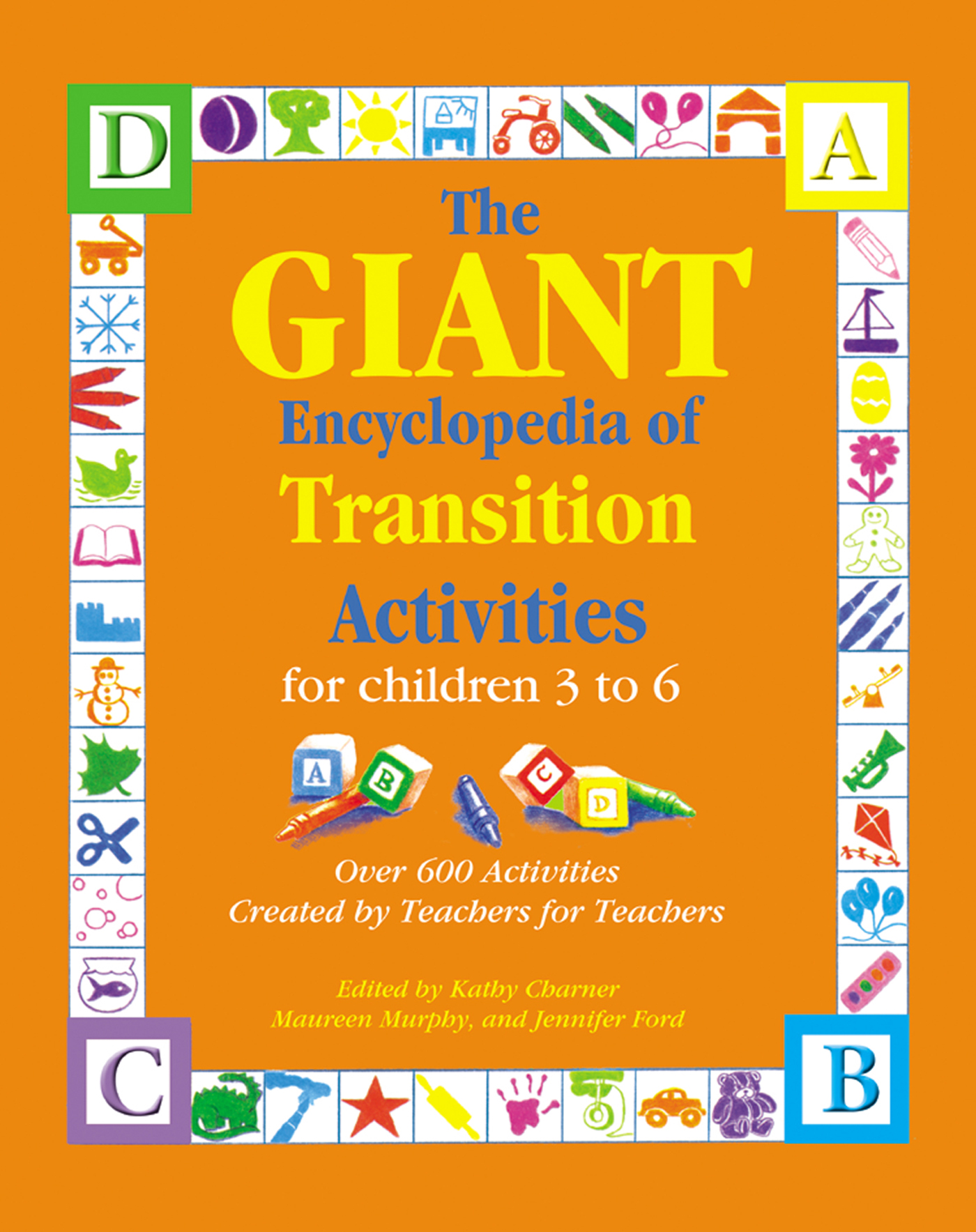Materials
- None
What to do
1. Invite the child and her family to come to school for a brief visit before school begins, such as when you are working on bulletin boards and preparing the classroom.
2. Send welcome postcards to the children.
3. On the first day, have a partial day. The children can make name tags, learn where their cubby is located, and participate in a shortened circle time.
4. In the evening, hold an orientation for the parents, without the children.
5. This routine will help children and parents make the transition to school with few tears, and help children have ownership in their classroom.
-Sandy L. Scott, Vancouver, WA
Instructions
1. Transitions are often the most difficult of life's lessons. A positive approach is
to provide strategies to guide children through transitions. Start a brief
discussion about transitions at a group or circle time activity. Discussion
starters include:
* How do you feel when your mom tells you it's time to go to bed?
* How do you feel when you have to give up a toy to your brother or sister?
* What do you do to help you get to sleep at night?
* What do you do if there is a thunderstorm outside while you're sleeping
and you're afraid to get out of bed?
* How do you feel at childcare or preschool when the teacher tells you it's
time to clean up, but you don't feel ready to stop playing yet?
2. Listen for possible answers to the above questions that might spark further
ideas.
3. Provide strategies for transitioning comfortably from activity to activity or
room to room. For example, perhaps the children could take a bit of the "old"
activity with them to the new activity (they could take a block to the kitchen
area to now represent food instead of a building block). Perhaps a parent
could stay just long enough for a child to feel comfortable playing at a new
activity.
More to do As children sit during group or circle time activities, distribute beeswax or small
"fidgety-type toys" to them to quietly keep their hands busy while listening.
Some children need to have an object or maybe even three objects in their
hands at all times. As long as this is not disruptive, it is best to allow it to
happen. It likely will help to calm this particular child.
